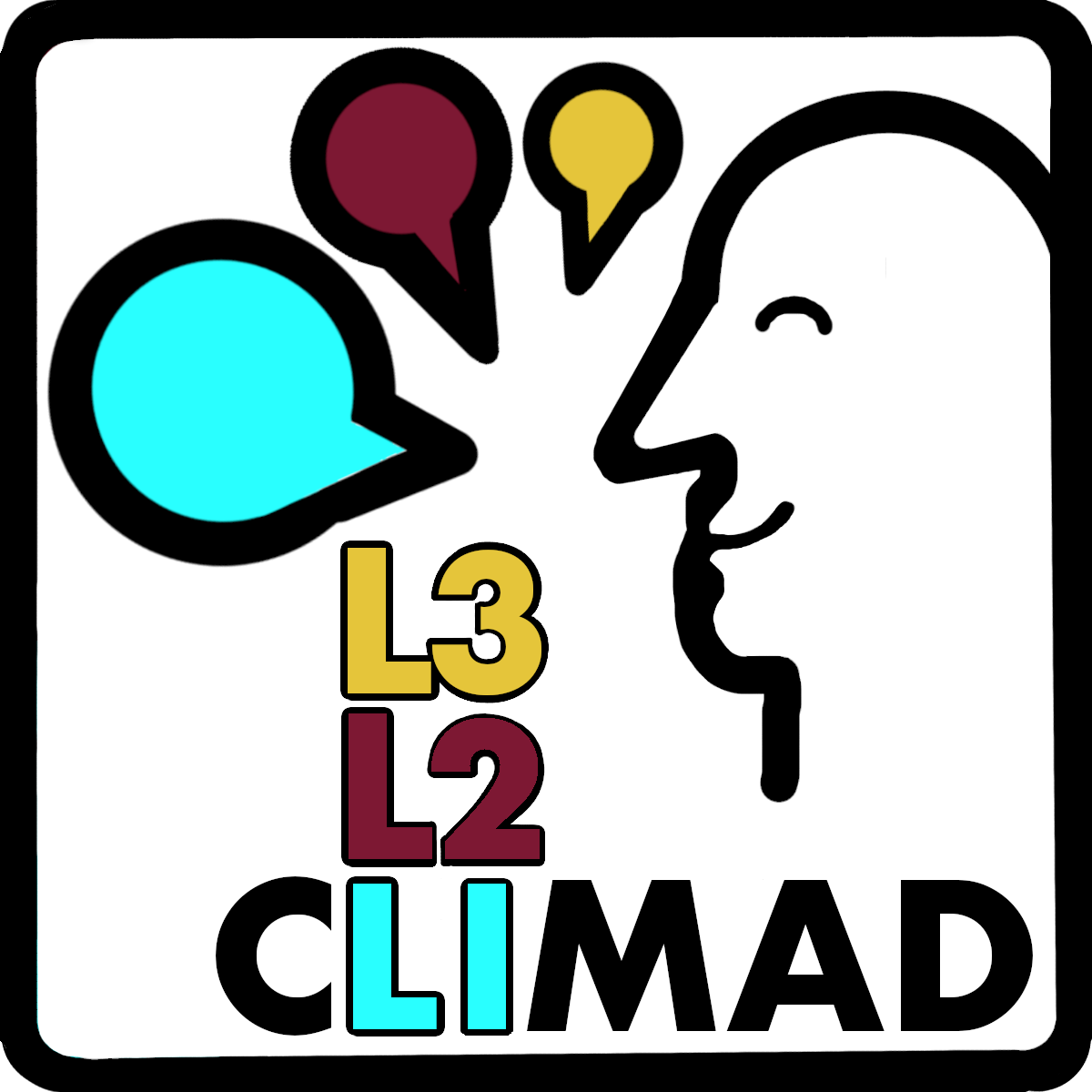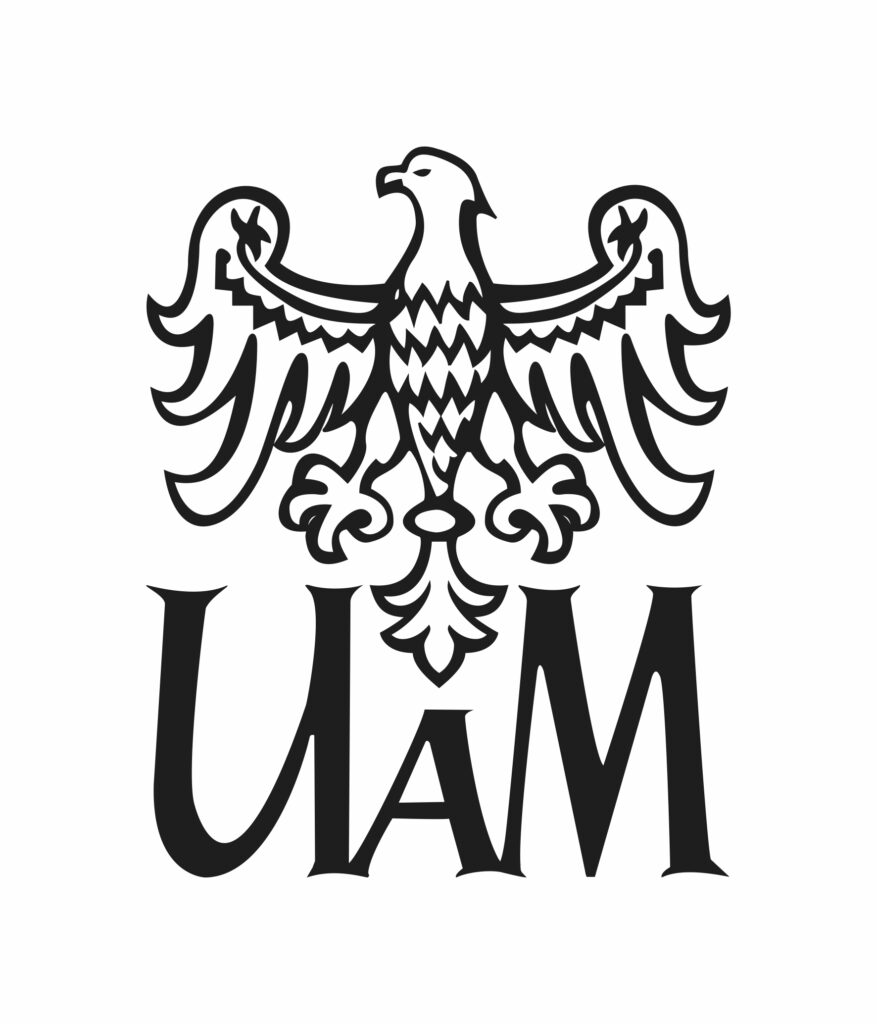The project scope is to investigate cross-linguistic influence (CLI) in multilingual acquisition across linguistic domains (phonology and syntax), focusing on longitudinal investigations into L3 development. The project aims to shed further light on the complexity of acquisition of the third language (L3), understood as an additional foreign language after previously acquiring a first foreign language. It is innovative in its comprehensive scope as previous studies in this area have focused exclusively on one of the selected domains or acquisition stages or settings.
To bridge this gap, it embraces an interdisciplinary perspective by bringing together experts in multilingual acquisition representing different language domains, including Norwegian scholars involved in the international co-operation. The project will employ a range of methodologies, i.e. behavioural and on-line tasks and it involves several data collection times. It is expected to make a significant contribution to the development of science through deepening our understanding of the complexity of third language acquisition, processing and use.
Project Objectives
- to focus on sources and nature of cross-linguistic influence in third language acquisition across language domains
to explore if CLI patterns are holistic or domain specific - to investigate in-depth the role of different stages of L3 acquisition through a longitudinal investigation
- to tap into multilingual processing through the application of on-line methods of brain imaging (EEG)
- to further test selected theoretical frameworks for L3 acquisition including the Natural Growth Theory of Acquisition (Dziubalska-Kołaczyk & Wrembel 2017, 2022), Linguistic Proximity Model (Westergaard et al. 2017), and Scalpel Model (Slabakova 2017).
Scope
- investigating L3 phonology and syntax
- tracing interfaces between these domains and their development over time in L3 acquisition
Investigated Features
- For syntax: reflexive possessives, possessive pronouns, adverb placement in Norwegian, English and Polish
- For phonetics/phonology: the quality and quantity of Norwegian vowels (as compared to Polish and English vocalic repertoires); plosive consonants (VOT parameter) across the three languages; setting the benchmark values for Norwegian phonology
Participants
- L1 Polish participants with L2 English, studying L3 Norwegian in Poland (primarily in instructional setting)
- Recruitment at Polish universities in Poznań and Szczecin
- Norwegian control data gathered for benchmark tests (collected in UiT Tromsø and NTNU Trondheim)
Design
- longitudinal investigation (several data collection points over an academic year)
- to tap into the developmental process of L3 acquisition (T1 – at the onset of L3 learning, T2 – four months later, T3 – nine months later)
- participants will act as their own controls over time
Tasks and Procedures
- speech production: a picture description task, a sentence reading and word reading task, a semi-structured long-form interview
- speech perception: categorical discrimination tests of Norwegian and English vowels as well as assimilation tests with category goodness ranking
- syntax: acceptibility judgements tasks (AJT) and elicited (semi-) spontaneous speech production
Online Methods
- EEG focused on L3 speech perception and processing
- electrophysiological tasks employing auditory stimuli
- MMN mismatch negativity to index pre-attentive brain reactions, supplementing behavioural tasks





